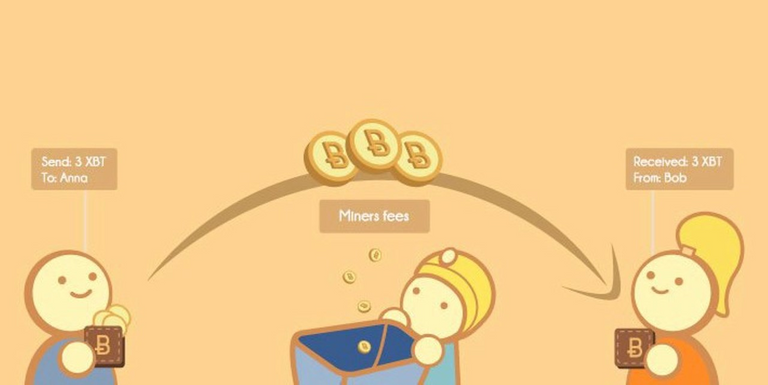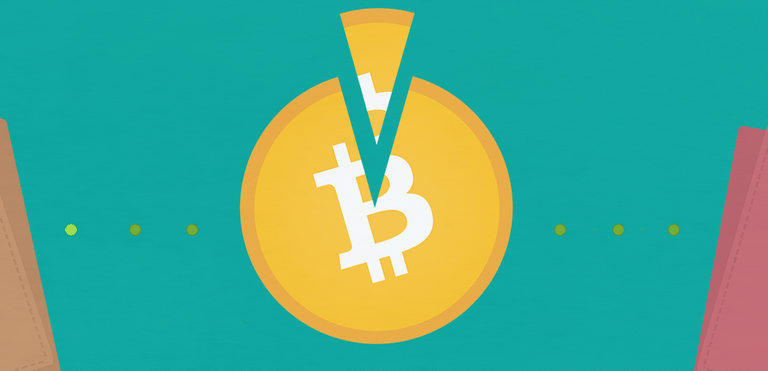Why Do We Pay Blockchain Fees?
Blockchain aficionados rave about offering fast cross-line exchanges for less expense.
Because there are a moderate number of fees contrasting with the usual exchanges around the world.
The exchanges and moves may be completely free, however they are created with the aim and goal of protecting the organization from aggressions and giving incentives to the workers to work in the organization.
These exchange expenses can be small or enormous, depending on the network traffic.
Market influences can likewise affect the expenses that customers pay.
While high fees can upset the choice of a more inclusive blockchain, stunningly low expenses may raise security concerns.
Blockchain exchange fee:
Blockchain exchange fees have been and remain a core part of most blockchain frameworks since their inception.
You may have tried it when sending, holding, or withdrawing forms of digital money.
Most forms of cryptocurrency use exchange fees for two important reasons:
As a matter of primary importance, the charge reduces the scale of attacks and spam on the organization, in addition to making the opportunity to attack costly.
Second, exchange fees are an incentive for customers who help verify exchanges.
Consider it an award for helping the organization address its work.
For most blockchain networks, the exchange fees are fairly modest, but they can be prohibitive depending on the conditional traffic within the organization.
As a customer, the amount you decide to pay the fee determines the need to add the exchange to the next box on the blockchain.
This means that the higher the fee paid, the faster the confirmation cycle.
Bitcoin exchange fee:
As the world's first blockchain network, Bitcoin set a standard for the exchange fees that many forms of crypto use for money today.
Satoshi Nakamoto realized that exchange fees can protect an organization from attacks and stimulate acceptable behavior.
The order of the unverified exchanges is known as memory pool or "mempool".
It will obviously focus on the higher-expense exchanges, which clients have agreed to pay when sending their bitcoins to another Bitcoin wallet.
Along these lines, malicious people who need to derail the organization face the hurdle of paying the expenses associated with each exchange.
If the expense is set too low, it is likely that prospectors will overlook their exchanges.
In case they are placed at a suitable level, they incur high financial expenditures.
Along these lines, the exchange outlay works similarly as a primary but viable conduit for attacks of this type.
At the Bitcoin Foundation, some cryptocurrency wallets allow customers to physically determine their exchange outlays.
It is also possible to send Bitcoin without a charge, however it is possible that prospectors will overlook such exchanges, which means that the exchange will not be approved.
Contrary to what some would accept, bitcoin fees to the amount sent are not yet based on the size of the exchange (in bytes).
At a time when enterprise traffic is high and there is popularity for sending bitcoins, the exchange expenses needed for quick confirmation are rising as other Bitcoin clients try to do the same.
This may happen during times of unpredictability and outrageous markets.
Accordingly, high expenses can make Bitcoin difficult to use in a regular, everyday existence.
Maybe a $ 3 cup of espresso would not be worthwhile if the fees were much higher.
A specified number of exchanges can be merged within the box, which have a limit of 1MB (for example, the size of the box).
Miners are adding these squares to the blockchain as quickly as they can expect, but there is still a point of breaking to see how quickly these exchanges can reach.
The adaptability of cryptocurrency networks is a key issue here in determining enterprise fees.
Bitcoin blockchain engineers are constantly trying to address the problem.
Bitcoin's predecessor updates improved diversity, for example, implementation of SegWit and Lightning Network.

By @natalia-irish
Thank You

LeoFinance = Financial Blog
LeoDex = Hive trading exchange for Secondary Tokens, Low 0.25% fees for deposits and withdraws.
HiveStats = Hive stats per user
LeoPedia = Informative content related to anything about Crypto and how to make financial gains in crypto!
Posted Using LeoFinance Beta



Oh wow I did not know that. Thank you for sharing with us. It will be interesting to see the future developments on the grouping of bits.
I like your example of the $3 espresso, but I fear it will make Bitcoin only accessible to the rich. Perhaps that is what will keep it going?
Posted Using LeoFinance Beta
Ya people think low fees is more better
Although coins with very low fees is not safe
but we need also some balance, Not 20$ fee and not 0.001 fee
Posted Using LeoFinance Beta
I think Hive Exchange is good value. It allows people to buidl without being impacted
Posted Using LeoFinance Beta
Congratulations @natalia-irish! You have completed the following achievement on the Hive blockchain and have been rewarded with new badge(s) :
Your next target is to reach 1000 comments.
You can view your badges on your board and compare yourself to others in the Ranking
If you no longer want to receive notifications, reply to this comment with the word
STOP